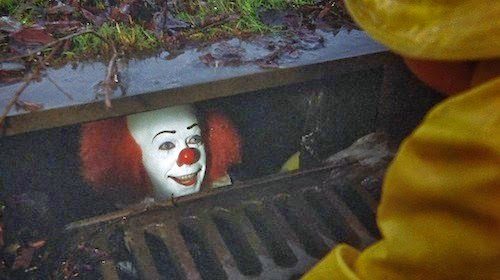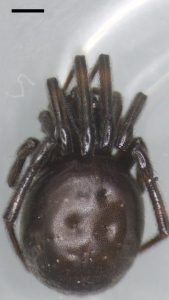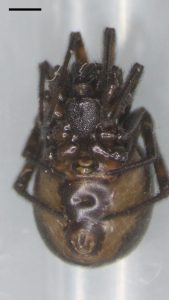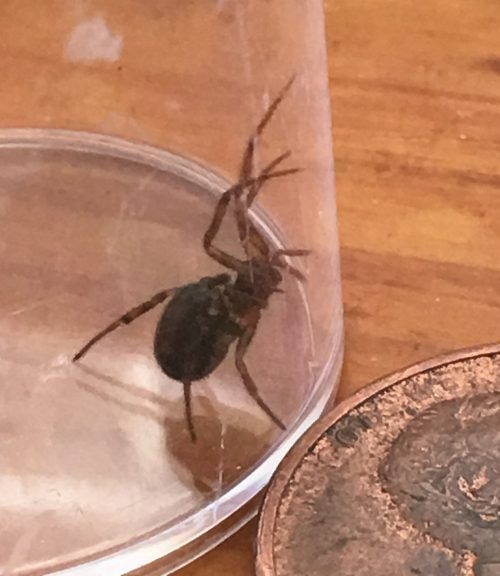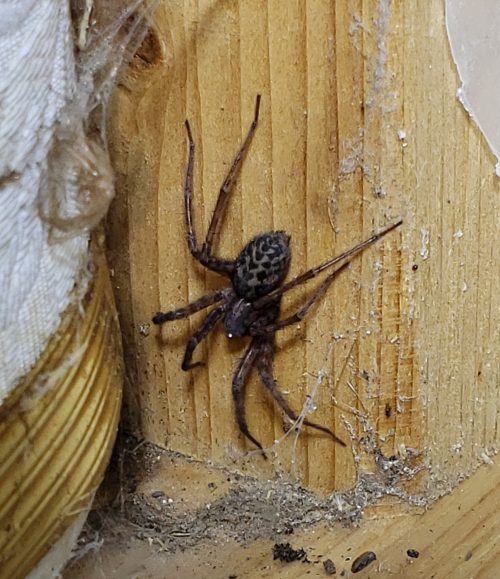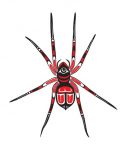We spent the afternoon largely engaged in moving our Parasteatoda females into larger, roomier quarters, using 5.7L Sterilyte containers, and then cutting up cardboard boxes to make frames inside the containers for them to build on. We discovered that the 10-can mini-can pop cases were exactly the right size to fit inside, so we zipped over to the grocery store and purchased way too many cases, just so we could get the cardboard. I bought most of it for my research student, who requested Mountain Dew — he’s sharing the bounty with his roommates, so it will be all my fault if a swarm of college students wired on caffeine rampage through the town tonight.
Yesterday, Mary and I went to Pomme de Terre Park, and has been our custom, prowled around looking for spiders. We found a magnificent Larinioides living in a tin shed down by the river, and caught it and brought it home. Look at it! It’s huge and beautiful!
[Read more…]



